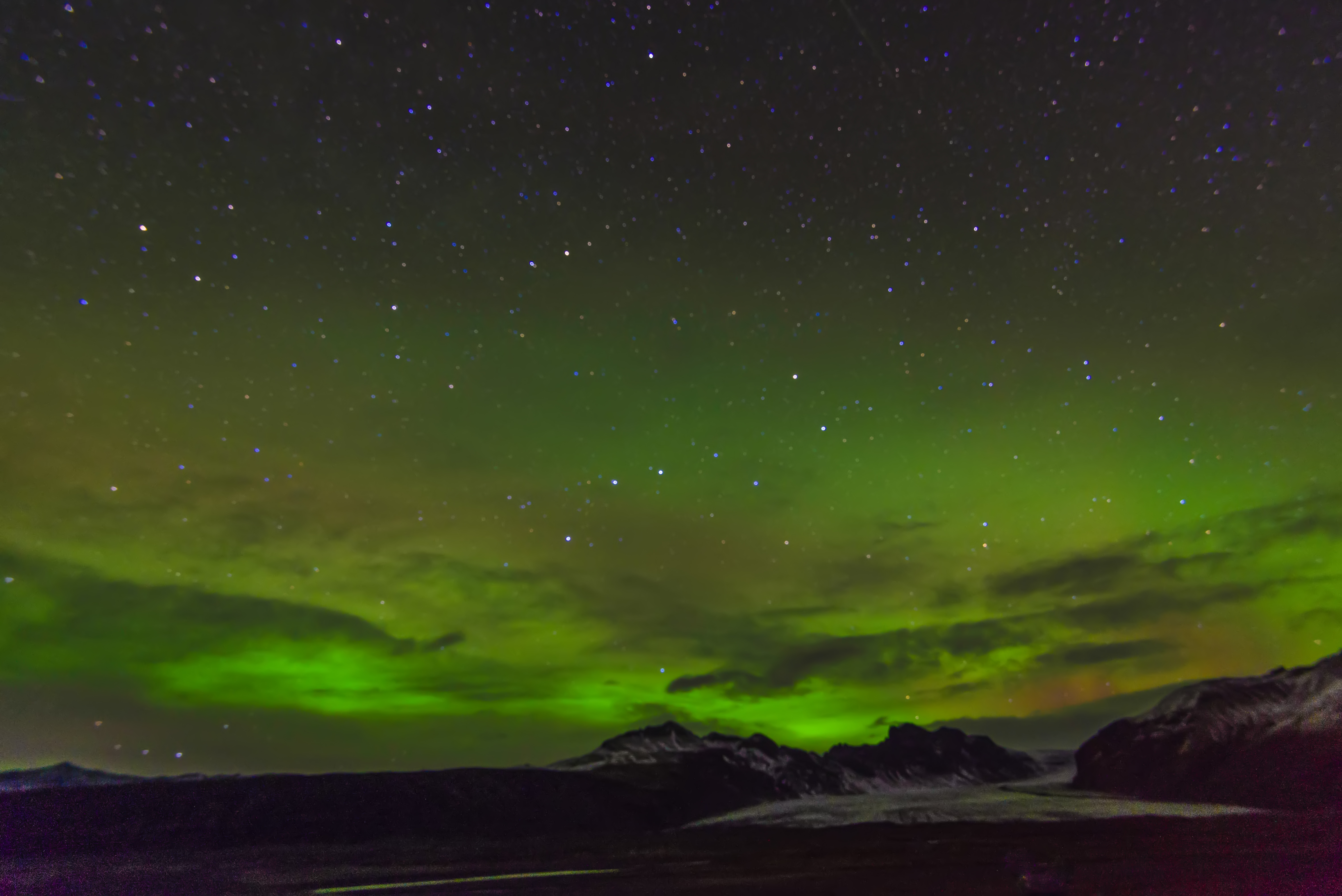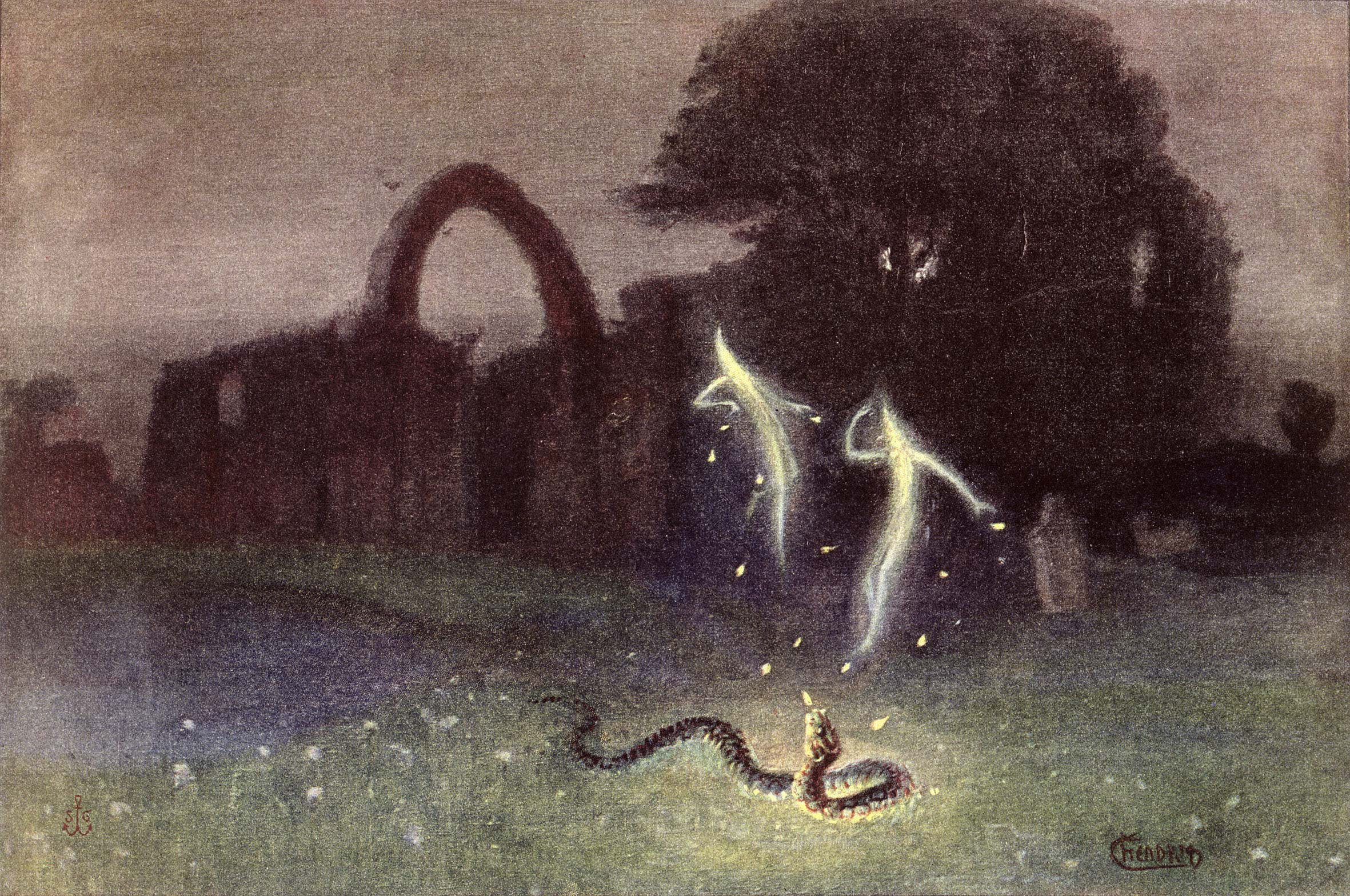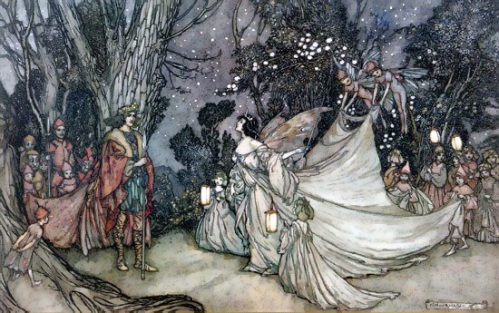| Jim Kay illustration for the Harry Potter illustrated editions. Copyright Bloomsbury. |
The Harry Potter saga is one of the most popular, engaging,
and compelling fairy tales of all time—and yes, the Potter saga is a fairy
tale. According to Webster's Dictionary, a fairy tale is “a story
involving fantastic forces and beings (as fairies, wizards, and goblins) –
called also fairy story.” Harry Potter's wizarding world is Faerie.
Faerie is the magical realm where faeries live. This is J.K.
Rowling's wizarding world. Faerie exists parallel to the mundane (muggle)
world, on a different plane of existence. All magical beings are fairies (also
known as fae). It could even be argued that witches and wizards are fae because
they are magical beings who mostly live in the wizarding world (Faerie).
It is said that the fae and humans once lived side by side
but that at some point a veil separated the magical from the mundane world. In
the Potter world wizards hid their world from the muggle world and created laws
to prevent the exposure of magic.
There are places where the veil is said to be thinner and
people may enter Faerie or see fae. In the Potter books The Leaky Cauldron, the
entrance to Diagon Alley, the entrance to Platform 9 ¾, and the Knight Bus are
such places, where people cross the veil into the wizarding world.
Harry passes through the veil between the mundane world and
Faerie throughout his life. After his family is attacked by Voldemort, he is
taken from the wizarding world into the muggle world—rather like a changeling
in reverse.
In the wizarding world Harry encounters all manner of fairy.
In Harry Potter and the Sorcerer's Stone, Hagrid is half-giant. He is
the first fae that Harry encounters, and he serves as Harry's guide into the
wizarding world. The first place Harry and Hagrid visit in Diagon Alley is
Gringotts, which is owned and staffed by goblins. At Hogwarts, Hagrid
introduces Harry to unicorns and to the centaur Firenze. He also shows Harry
the baby dragon Norbert. In Harry Potter and the Chamber of Secrets, the
house elf Dobby appears in Harry's room and follows him throughout his second
year at Hogwarts. The hippogriff Buckbeak plays a major role in Harry Potter
and the Prizoner of Azkaban, and merfolk and generic fairies appear in Harry
Potter and the Goblet of Fire.
Please come back for part 2 of "Harry Potter: A Fairy Story."




